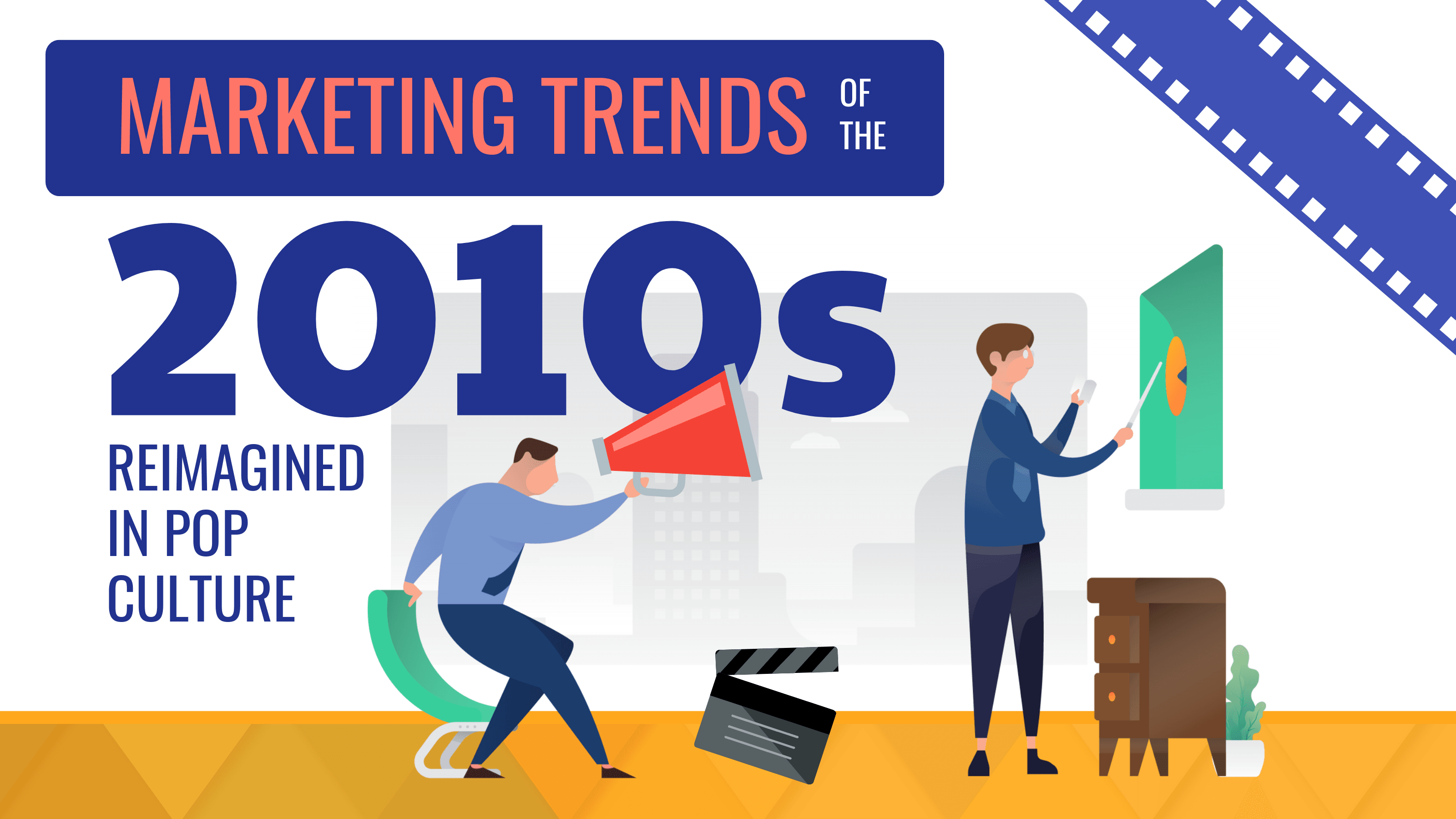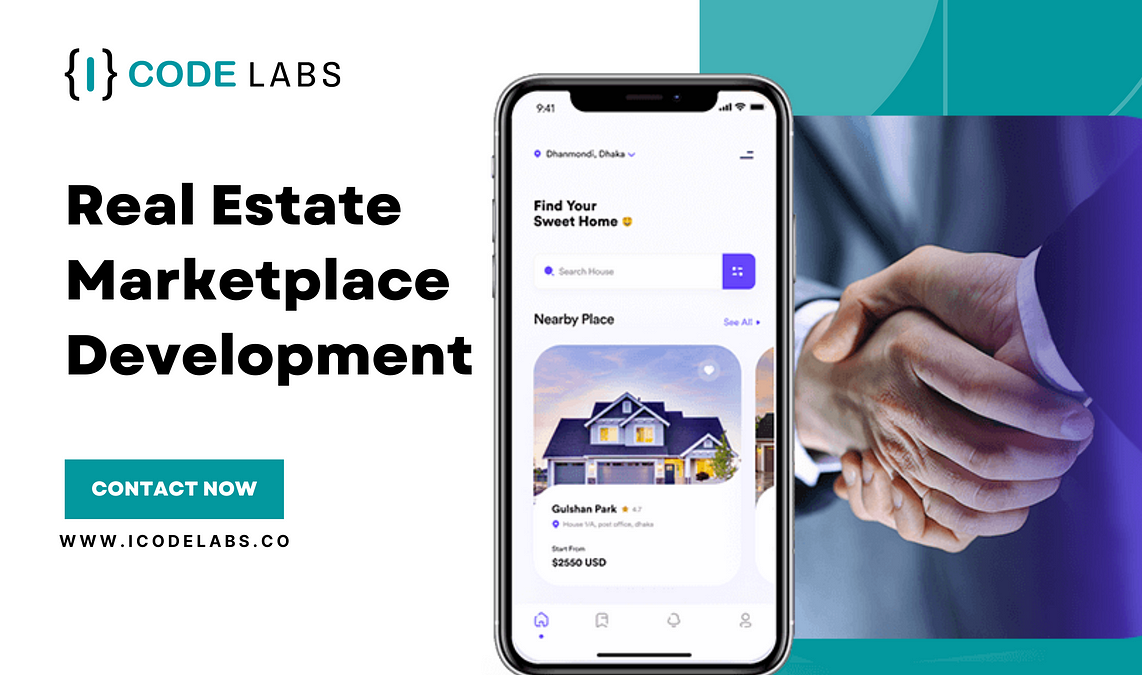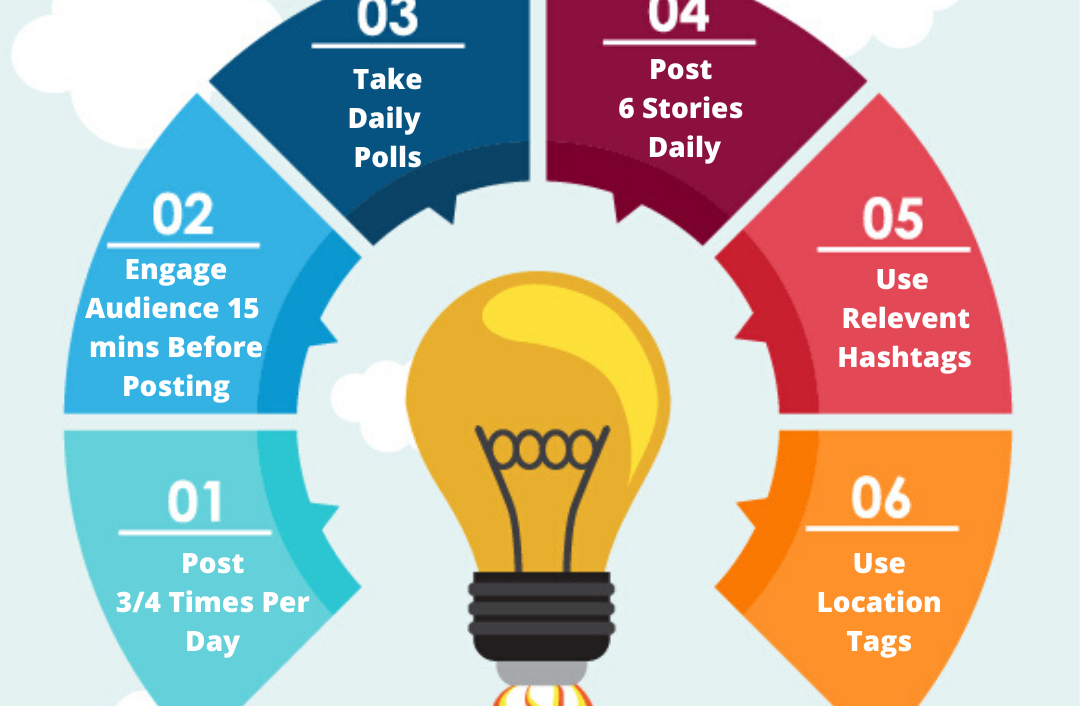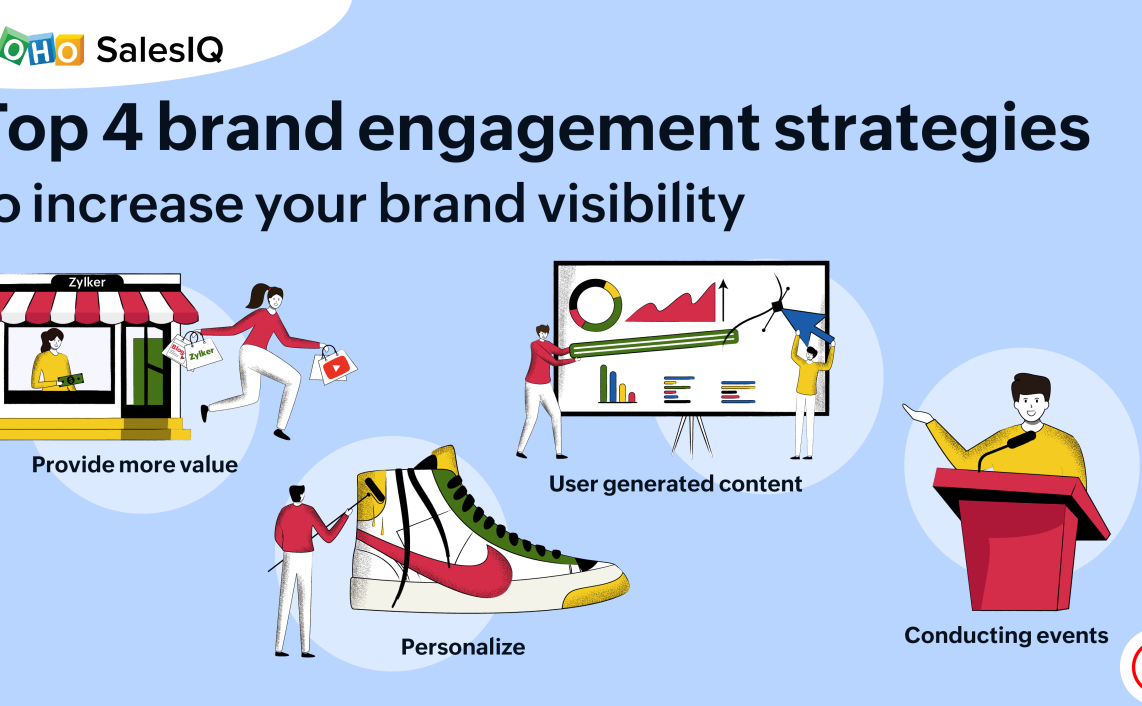The Evolution of Brandformance Marketing in the Digital Age:

In the realm of digital marketing, the concept of Brandformance has emerged as a game-changer, blending the traditional objectives of branding and performance marketing. This integrated approach has revolutionized the way brands engage with their audiences, offering a unique synergy that optimizes both brand awareness and measurable results.

Historical Perspective:

Before the digital revolution, marketing strategies primarily revolved around distinct channels for branding and performance marketing. Branding campaigns focused on building brand recognition and establishing a favorable brand image, while performance marketing aimed at driving direct conversions and generating immediate sales. However, the proliferation of digital platforms and the increasing complexity of customer behavior necessitated a more holistic approach.
The Rise of Brandformance:
The advent of the digital age brought about a fundamental shift in consumer habits and media consumption. With the explosion of online content and the diversification of digital channels, brands faced the challenge of reaching and engaging their target audiences effectively. Traditional marketing methods often proved inadequate in capturing the attention of consumers who were constantly bombarded with information.
Brandformance emerged as a response to this evolving digital landscape. It recognized the need to bridge the gap between branding and performance marketing, allowing brands to simultaneously build brand equity and drive measurable results. By merging these two seemingly disparate disciplines, Brandformance offered a comprehensive solution that catered to the evolving needs of modern marketers.
Key Components of Brandformance Marketing:
Brand Awareness: At its core, Brandformance marketing aims to enhance brand visibility and recognition among the target audience. This is achieved through various channels such as social media campaigns, content marketing, search engine optimization (SEO), and influencer partnerships. By creating engaging and shareable content, brands can captivate their audience, generate buzz, and foster connections.
Lead Generation: Brandformance strategies also prioritize lead generation, nurturing potential customers through a series of touchpoints to convert them into qualified leads. This involves capturing consumer data, nurturing relationships through personalized communications, and utilizing effective lead magnets like gated content or online quizzes.
Performance Measurement: A crucial aspect of Brandformance marketing is its emphasis on performance metrics. Unlike traditional branding campaigns that often relied on subjective measures of success, Brandformance employs measurable KPIs to track campaign effectiveness. This data-driven approach allows marketers to fine-tune their strategies, optimize resource allocation, and demonstrate the tangible impact of their efforts.
Integrated Approach: Brandformance marketing excels at integrating branding and performance elements seamlessly. It recognizes that these two aspects are not mutually exclusive but rather interdependent. By aligning brand messaging with performance goals, brands can create campaigns that resonate with their audience, build strong emotional connections, and drive tangible business outcomes.
Benefits of Brandformance Marketing:
Improved Brand Perception: Brandformance marketing helps brands establish a positive perception among consumers by showcasing their values, personality, and unique offerings. This can lead to increased brand loyalty, advocacy, and word-of-mouth recommendations.
Optimized Marketing Spend: By integrating branding and performance elements, Brandformance strategies allow marketers to optimize their marketing budget. Instead of investing in separate campaigns for each objective, Brandformance campaigns deliver both brand awareness and measurable results, maximizing ROI.
Engaged Audiences: Brandformance marketing creates a more engaging and immersive customer experience. It fosters meaningful connections with consumers by providing valuable content, personalized interactions, and opportunities for participation. This engagement builds brand loyalty and increases the likelihood of repeat purchases.
Data-Driven Insights: The emphasis on performance metrics in Brandformance marketing provides valuable data and insights into consumer behavior, preferences, and trends. These insights empower marketers to make informed decisions, refine their strategies, and continuously improve campaign effectiveness.
In conclusion, the evolution of Brandformance marketing in the digital age has transformed the way brands engage with their audiences. By seamlessly blending branding and performance objectives, Brandformance campaigns deliver both brand awareness and measurable results, optimizing marketing spend, fostering engaged audiences, and driving business growth. As the digital landscape continues to evolve, Brandformance marketing will undoubtedly play an increasingly critical role in the success of modern brands.







